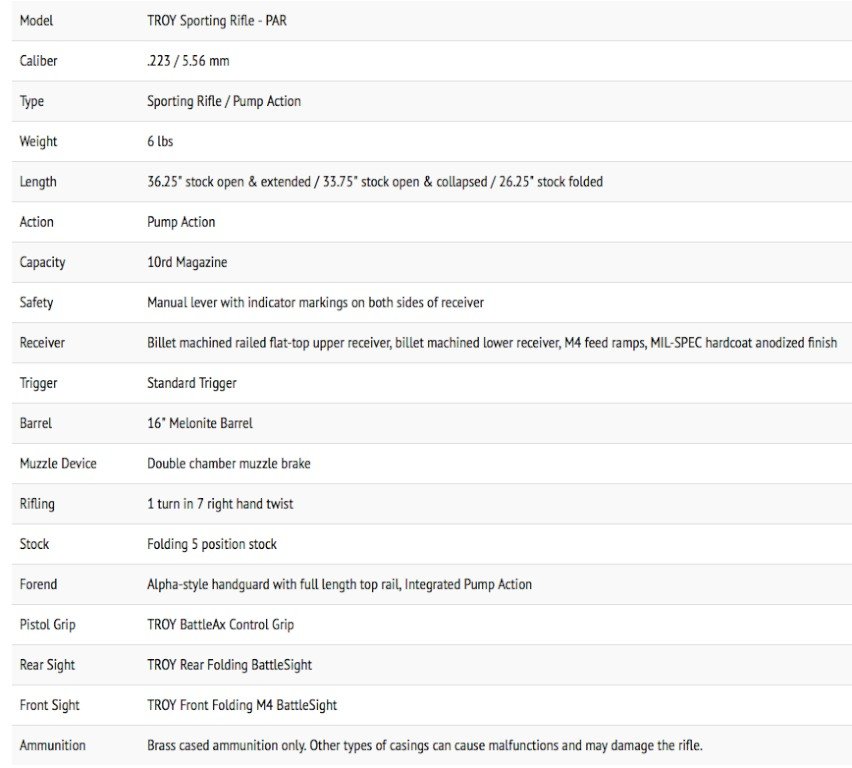[one_half padding=”0 0 0 0px”]
[track-link url=”https://troydefense.com/troy-sporting-rifle/” campaign=”Troy PAR” target=”_blank”]
Troy PAR
[/track-link]
[/one_half]
[one_half_last padding=”0 0 0 0px”]
[track-link url=”/Search.htm?T=troy+defense” campaign=”
Troy PAR
” target=”_blank”]![]() [/track-link]
[/track-link]
[/one_half_last]
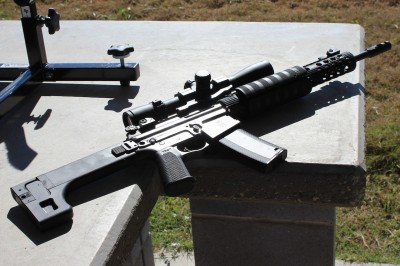
If you are one of the unlucky few gun enthusiasts who lives in a state with draconian and unconstitutional firearms laws, odds are you may well be aware of the Troy Sporting Rifle, or Pump Action Rifle (PAR). Troy, a company that knows its way around fighting black rifles, has answered the call for a fully functional MSR that delivers uncompromising performance and accuracy, and they’ve packaged it in a form that most of us know and respect. The PAR remains true to its AR-15 roots, and it is 50 state legal.
So what do you give up to stay within the bounds of the law? And what about the rest of us—how does the PAR stack up for those of us who can legally own AR-15s?
Before we get too far in, let’s clear up some confusion. Some early press and comments on this gun implied, mistakenly, that this was simply a pump action AR-15. PAR stands for pump action rifle–not pump AR-15. It is an honest mistake, I think, and one I caught myself making, at least causally. The Troy Sporting Rifle is not, despite the visual similarities, an AR-15. The Troy Sporting Rifle is clearly a branch on the AR family tree—but AR means ArmaLite Rifle, and this, dear readers, is a Troy. Even if you were to use the relaxed nomenclature associated with the abbreviation AR, (like automatic rifle, or–worse–assault rifle,) you’d still be off. This is a pump gun meant for sporting purposes. The upper and lower of the PAR are not interchangeable with those of the AR-15; ergo, this is not an AR. This is, however, a truly fine example of a modern sporting rifle. And it will be instantly familiar to those of you who know your way around black semi-automatic modular “assault” rifles built in the style of ArmaLite and hundreds of others.
Sorry. Where was I? Oh yes–this is a Troy. Troy Defense, the firearms manufacturing branch of Troy Industries, makes solid guns, and great add-ons for ARs. From sights to slings to magazines to complete rifles, Troy has industry leading options. The brand is firmly rooted in the duty and service minded gear, so the addition of a truly sporting rifle to their line up is a bit of a surprise.

But it shouldn’t be. There are rifles meant for fighting and rifles that become part of the fight. The PAR is a rifle that wins. Follow me here. I’m going down a philosophical rabbit hole. The Troy Sporting Rifle is part of a much larger political battle—the fight over what is and what isn’t legal in New York, and in several other states. New York has concocted some unconstitutional laws, and continues to force the bullshit political whimsy of well-armed hypocrats onto law-abiding citizens.
Troy could have easily said “To Hell with New York.” Instead, they produced a viable option. The Troy PAR is an AR styled rifle that has been specially designed to be legal in all 50 states. No matter what laws the reactionary idiots pass, this rifle (at least as of the writing of this review) remains legal. And—here’s the really good news for the victims of these laws—the PAR is truly capable.
I keep imagining a metaphorical poker game where Steve Troy and Governor Cuomo are making bets. “I see your ridiculous attempt to thwart Second Amendment rights,” Troy says, “and I raise you one perfectly legal Troy Sporting Rifle.”
Oh, how I wish it were that easy.
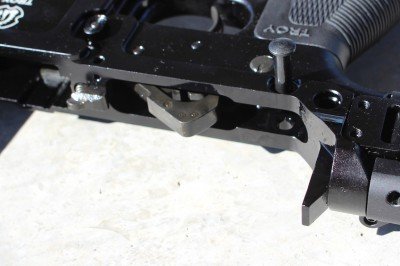
So it is kind of like an AR…
As the Troy Sporting Rifle doesn’t chamber rounds automatically, or cycle its action with the gas of recently fired rounds, it isn’t a semi-automatic rifle. There is no gas system. There is no buffer tube. In order to chamber a round, you have to pump. The operation of the slide is lighter than that of a 12 gauge pump, but can be run with just as much emphasis. What looks like a traditional AR upper and lower is, upon closer examination, not. While much of the gun is based on AR modularity, the upper and lower (which separate like a traditional AR) are dedicated to this very platform. With no buffer tube on the lower, there’s no way these parts could be interchangeable.
Yes, it has many features that make the AR-15 versatile. The stock collapses (or can be fixed, where required). The muzzle device is pinned in place, and welded. It does have a pistol grip. There is a detachable magazine. And it shoots the .223. Yet all of these are moot points, where the law is concerned, because it isn’t a semi-auto. Rather than work around the gas system with a series of whacked out lowers or bullet buttons, Troy has done away with the AR’s most problematic feature. With no gas system to foul, the PAR is arguably more reliable. And the free-floated barrel allows for greater accuracy.
As I’d mentioned, some of the early comments I read implied you could drop this upper onto an existing lower. Not the case. The catch to release the slide is on the bottom of the trigger guard. It takes a minute to find it the first time. The PAR looks so much like an AR that I found myself looking for a bolt drop, or something in its place to release the slide. But once you know where it is, the release is easy to reach and to operate.

The magazine release is in the predictable position, and it functions just as it would on the AR-15. The PAR ships with a 10 round magazine. I hadn’t even considered the practical limitation, as 10 round mag is the same size and shape as a 30 round mag. I felt a bit foolish when I tried to load that 11th round. Then it dawned on me that this was part of the plot. As I live in a free state, I can use 30 round magazines as often as I’d like. But laws are laws, and I’d never suggest that you break them. A ten round magazine is included. Magazines with more realistic capacity work, too.
My favorite part of the PAR (besides its incendiary existence) is the stock. The stock on this is a thing of beauty. It is thin and boxy. A lever rotates a series of blocks inside the stock that lock the extendable stock in various positions. The whole stock breaks at the back of the receiver, and locks onto the front pin. It is ambidextrous and can be made to close on either the right or left side.
The rest of the controls are typically situated for the right-handed shooter. The good news is that the lower is built with modularity in mind. If you would want AR add-on style gizmos, they’ll fit. Did I mention Troy makes a lot of those gizmos?
Shooting the PAR
I ran the PAR with a variety of ammo brands and grain weights. I ran 55, 69, and 77s from Gorilla, 55 grain Monarch steel-cased, and 55 grain Hornady. The 1/7 twist did well with all of the weights, and I had no problems getting the steel cased bulk junk to chamber or extract.
I shot with Iron sights, and I used a couple of different scopes—a NightForce 1-4 and a Weaver Tactical 2-10 x 36. All work equally well—it simply depends on the distance you intend to shoot. For hog hunting or close work, the 1-4 offers speed and easy target acquisition. For longer ranges, more magnification means more precision.
Sighting in the 2-10 was easy enough. I like to sight in under controlled circumstances, and always use a shooting rest. The pump action is the only challenge, there. After each shot, you have to pick it up to work the slide effectively, so it takes more time.
[one_half]
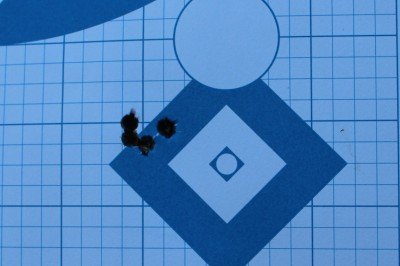
[/one_half][one_half_last]
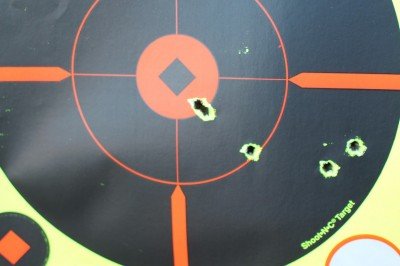
[/one_half_last]
The 2-10 was good out to 300 yards, which is as far as I can shoot on the range here. Accuracy at that distance was reliable, once I found the right holdover. I was battling a bit of wind on the day of the long range testing, So I ran heavier loads. The 77 grain bullets held course better. I never did get dead on at 300–but that has much more to do with me than the capabilities of the PAR.
One minute of angle at 300 yards is 3 inches, which I think it is possible with the PAR. The trigger, which breaks at 7 pounds, makes MOA precision difficult. More on that in a minute.
At 100 yards I got what I’d expected. My best group at 100 came in at .42 inches. Even the Monarch did well. The PAR is a contender. The predictable accuracy I’m seeing puts it up there with the best .223s I’ve shot. I haven’t seen this level of precision from any AR-15 in this price range—and very few others. The PAR has an MSRP of $1,099. You would have to cross over into bolt action .223s to find anything that can compete—and then you’ve lost the AR-15 modularity and familiarity. If you do want an AR-15 that delivers like this, you may end up paying much more. But again–even though it looks like I’m comparing apples to apples (at least on the outside), I’m really not. This isn’t an AR, and it isn’t a bolt action, either.
One note on performance–without the gas system, the bullet should have a bit more zip—though the increase would be negligible. The 55 grain Gorilla ammo was breaking 3,000 FPS, while the 77 grain was coming in closer to 2,800.

But what about that trigger?
My guess is that the trigger will be the first, and maybe only piece shooters want to upgrade. When I look for problems with accuracy, the trigger is usually the most easily identifiable. The PAR has a heavy pull. 7 pounds. I’d like to see 3 pound trigger. As is, the trigger has no creep and no take up. When cocked, the trigger doesn’t move at all—until it breaks, crisp and certain. That part is admirable, but the seven pounds of force is heavy. Even with the rifle in a rest, well braced, the trigger pull will make a difference.
When shooting on the move, or even standing, I found the trigger pull beastly. It was easier for me to get accurate shots off when I tucked more finger into the trigger guard. I caught the trigger in the bend of my first knuckle, instead of on the pad, which is how I’ve been shooting AKs lately. Regardless–it works.
Any Problems with the PAR?
Failures to feed? None. Failures to extract? Not one. The only oddity we experienced in all of the rounds fired was an occasional double-feed from a short shuck when we awkwardly racked the slide over the shooting bench. Running the PAR from a bench rest isn’t graceful, as the pump itself rides in the Y of the rest, and when the trigger is pulled, the catch is released and the pump is free to move.
There is another interesting peculiarity that you may experience when you’re shooting. If you hold onto the pump while you shoot, it will drop when you pull the trigger. If you are hauling back on the forend to stabilize your shot, the slide will rock back the moment you fire. This isn’t a problem, just an odd feeling for those of us who aren’t used to our AR forends moving.
Shuck it like you mean it. Take the slide all the back and all the way forward like you would on any pump shotgun and I guarantee you won’t have a problem. In fact, it locks into place when all the way forward. The magazine seats just like it would in an AR, and that first round presents easily. It doesn’t take any real effort—but there’s a lockup at the end of the stroke, when the bolt is fully seated, at which point the slide locks in place.

Why do you need a PAR?
Let’s consider this from a variety of angles. Law abiding “citizens” in some wretched places will find this an easy sell. Hunters who can hunt with .223 or 300 AAC will find the PAR a solid platform to work with. That alone is justification for its existence—if such justification was even needed.
I think the market is wider than that, though. This is a piece of history, really, and will certainly go down as a footnote in the larger political debate about firearm legislation. As such, there will be some collector value somewhere well down the line. I’d own one as a show of solidarity, even if it didn’t shoot as accurately as this one does.
Which brings us to the real market. Accuracy sells guns. This guns shoots sub-MOA groups. That’s enough. There will will always be a market for a rifle that shoots sub-MOA (especially when that rifle sells for $1000 or less).
That the PAR is an AR simulacrum, we can all agree. Most of us have a working familiarity with the AR-15. We know where the safety is. We’ve changed countless magazines. Having any gun with which we are that familiar makes sense—which is why there are so many AR like guns in other calibers. .300, 7.62×39, .308, .30-06, 12 gauge… this one just happens to be a return to the most familiar .223. Instead of creating a new rifle by changing up the caliber, Troy simply changed up the operating system.
The fourth point I’d make may be the least obvious. The Troy Sporting Rifle is a great gun in its own right. The PAR should be considered as a front-runner in a new class of guns. As a modern sporting rifle, this gun rocks. The pump action is nothing new, but it is fast. The familiarity of the platform means there’s almost no learning curve, and the gun shoots straight, consistently. We’d be raving about this gun, regardless–and that’s the true test.
Don’t forget about the political fight–it is still worth fighting–but don’t dismiss the PAR as just another pawn in that game, either.
[one_half]
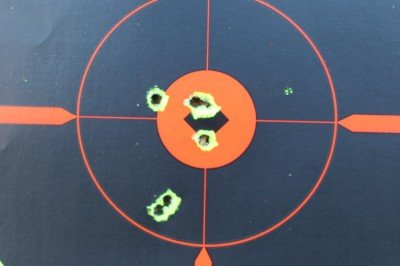
[/one_half][one_half_last]
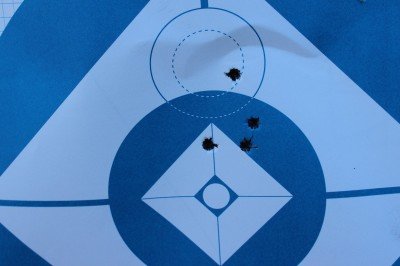
[/one_half_last]
[one_half]
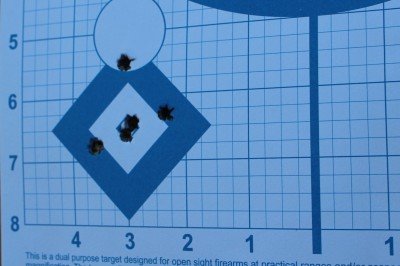
[/one_half][one_half_last]
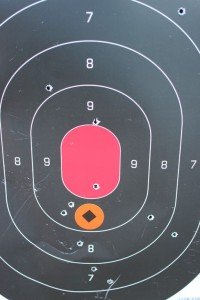
[/one_half_last]
[one_half]
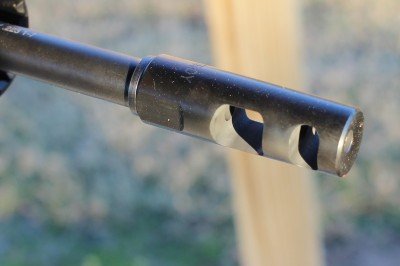
[/one_half][one_half_last]
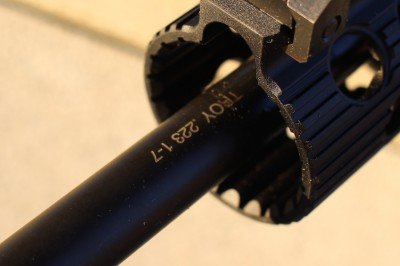
[/one_half_last]
[one_half]

[/one_half][one_half_last]
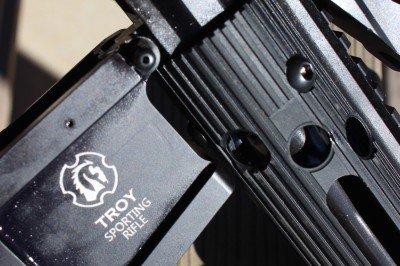
[/one_half_last]
[one_half]

[/one_half][one_half_last]
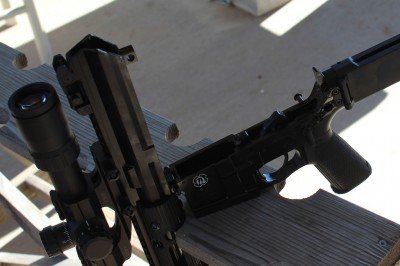
[/one_half_last]
[one_half]
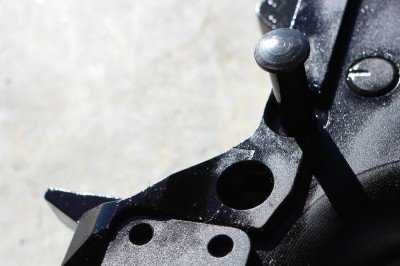
[/one_half][one_half_last]
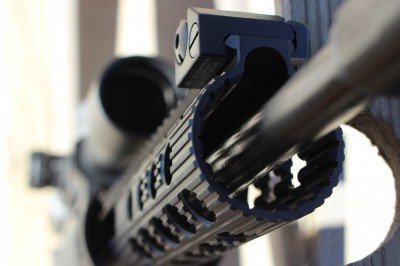
[/one_half_last]
[one_half]
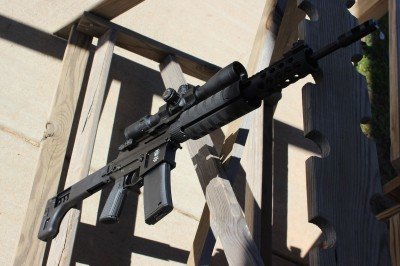
[/one_half][one_half_last]

[/one_half_last]
[one_half]
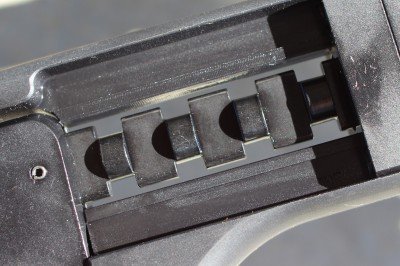
[/one_half][one_half_last]
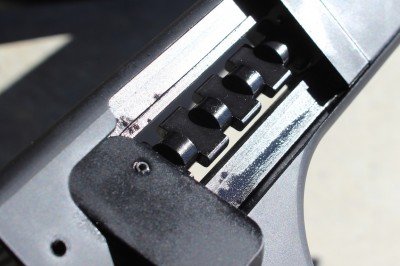
[/one_half_last]
[one_half]
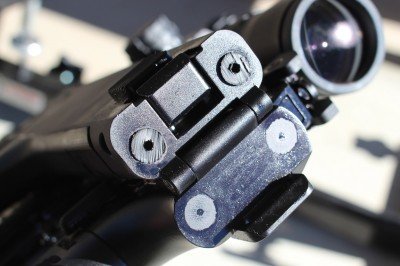
[/one_half][one_half_last]
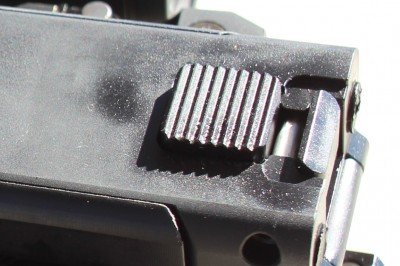
[/one_half_last]
[one_half]

[/one_half][one_half_last]
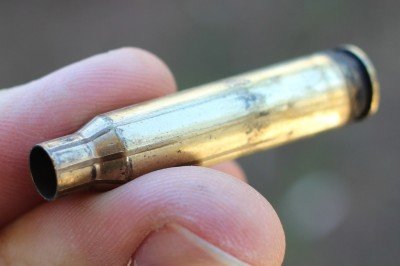
[/one_half_last]
[one_half]
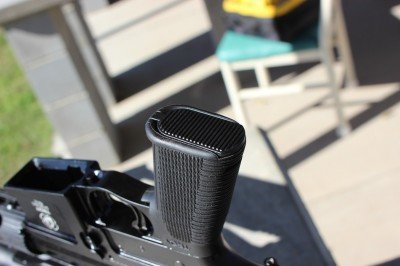
[/one_half][one_half_last]
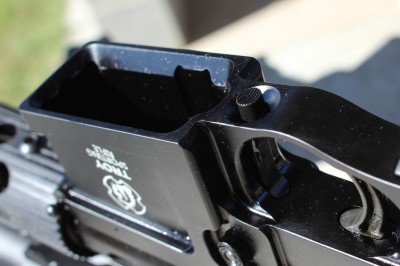
[/one_half_last]
[one_half]
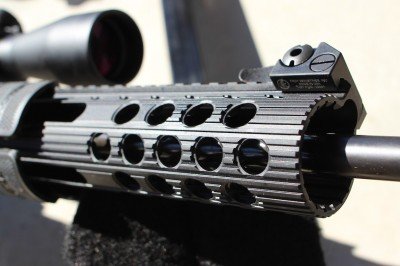
[/one_half][one_half_last]
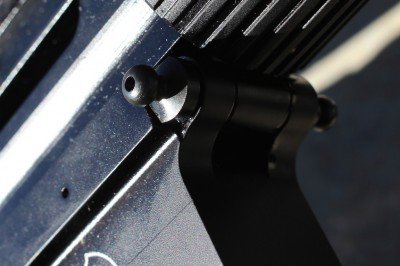
[/one_half_last]
[one_half]

[/one_half][one_half_last]

[/one_half_last]
[one_half]
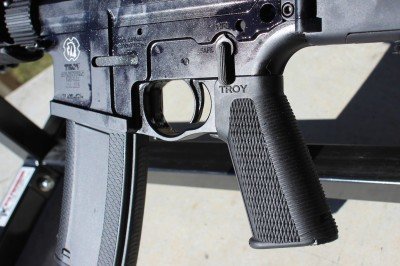
[/one_half][one_half_last]
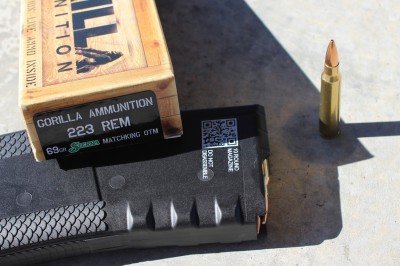
[/one_half_last]
[one_half]

[/one_half][one_half_last]
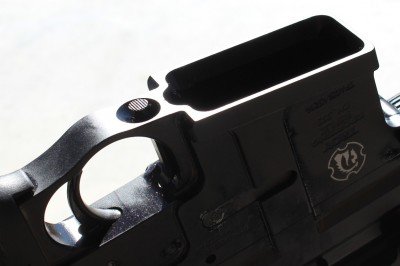
[/one_half_last]
[one_half]
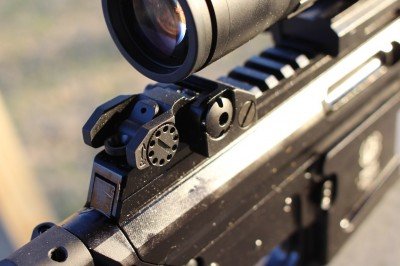
[/one_half][one_half_last]
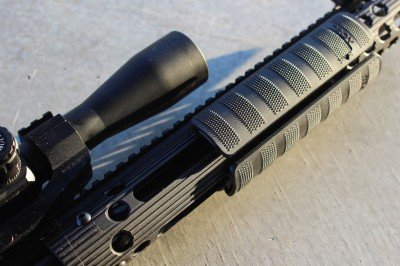
[/one_half_last]
[one_half]
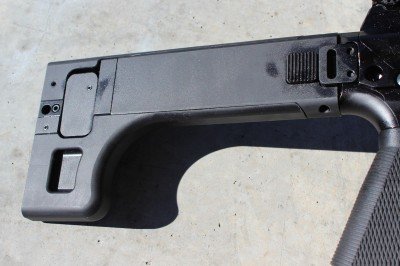
[/one_half][one_half_last]
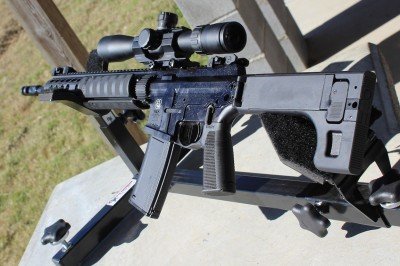
[/one_half_last]
